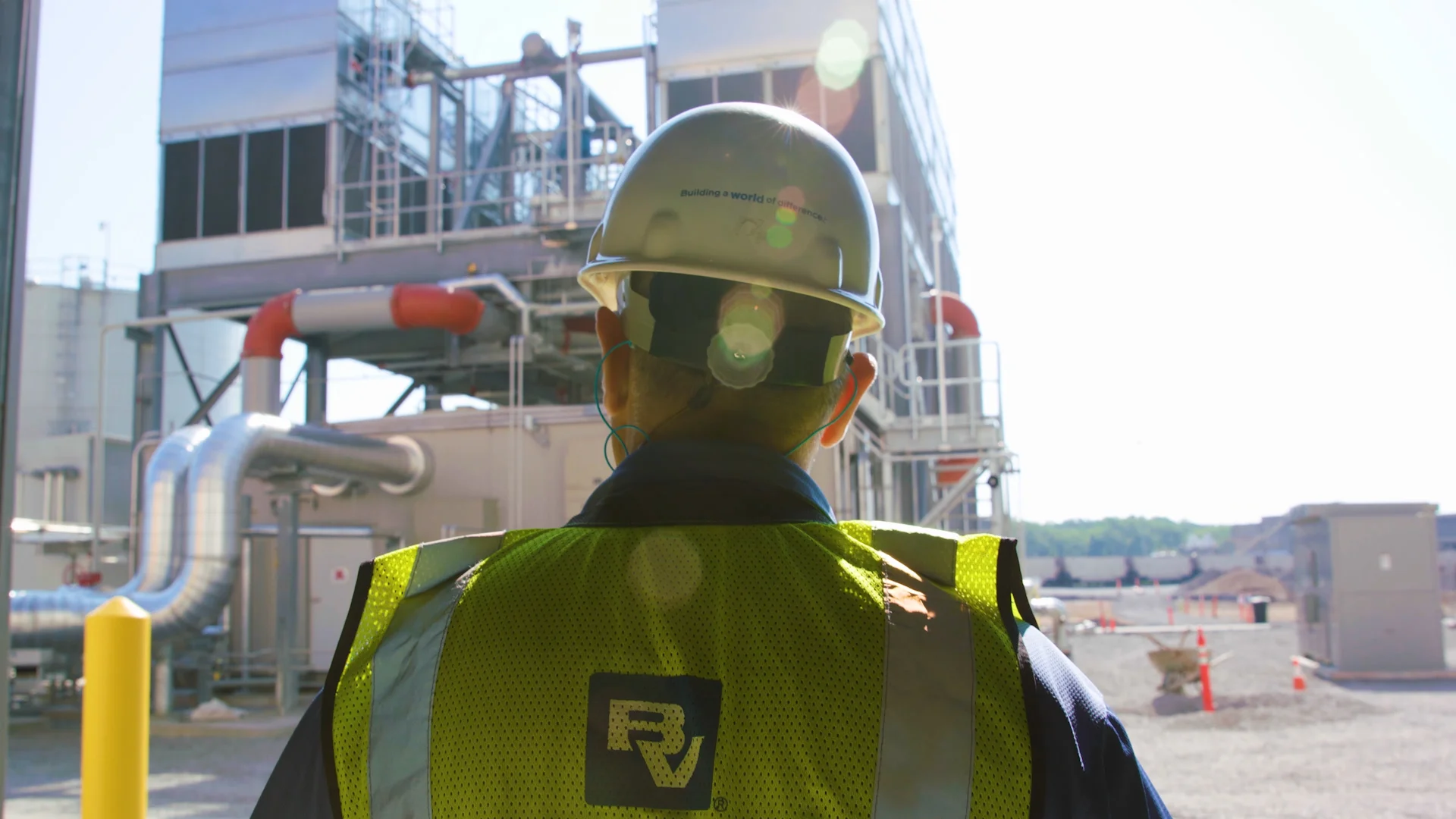Four Reasons to Implement Private Fiber Networks for Data Centers

With the nation’s data centers forecasted to grow by 10% every year until 2030, the demand for fiber expansion is clear. The private fiber network market is expanding to address high-tech facility developers’ rising needs for reduced latency, better reliability, and lower operational costs. A private fiber network connects two points (such as a data center to the information “highway”) without relying on another carrier’s pre-existing networks.
Although many types of facilities benefit from having their own private fiber networks, the security, performance, and economic aspects are especially important for data centers. If you’re a data center developer, hyperscaler/cloud provider, co-location provider, or military/federal entity, it’s essential to consider the following benefits of private fiber networks:
Businesses and other entities around the world trust data centers to keep their digital information safe. On a shared network, confidential information can accidentally or maliciously be exposed with a simple configuration change. In contrast, on a private fiber network, the only data present is your own and you are in complete control of your security; this dedicated approach creates an additional layer of data security and protection.
Traditional carriers may not give you a direct network route to the information highway; to optimize their own operations, your shared fiber network may circulate to other entities before entering your site. Instead, a dedicated private fiber network can be designed to travel the shortest distance from the point of access to your facility – reducing latency.
By routing private networks away from bulk carrier networks, they are less of a target for malicious or accidental damage to fiber lines. When owning and operating a private fiber network, you also have the flexibility and freedom to make equipment upgrades when you want rather than waiting for the bulk carrier to do so.
By not leasing from a bulk carrier, you are circumventing their profit and claiming it for your business instead. Owning and operating a private fiber network generates potential for an additional revenue stream as a service you may sell to your tenants or to other facilities your network can “pick up” along the route.
Even if you’re not selling this service to others, it effectively reduces operating costs to develop your own private fiber network rather than paying another carrier for years of service. Rather than paying off someone else’s network by leasing, having a private network allows you to invest in your own operations.
Although you’ll now have to handle routine maintenance as the network owner-operator, the overall costs compared to paying for a lease are low. Routine maintenance varies by the physical distance the fiber travels; the longer the distance, the more opportunities for failure. Fortunately, private fiber networks typically travel the most direct (and likely the shortest) route and highly durable fiber optic cabling can last for decades.
Issues usually only arise when others in the area mistakenly dig into your underground fiber, so owner-operators may choose to contract with external vendors to monitor and quickly repair any damages. Although the fiber itself doesn’t need to be upgraded very often, expect to make upgrades to the terminals/endpoints about every 10 years for better capacity and speeds as technology improves.
With so many complicated steps and variables, it’s essential to work with an expert partner to help you navigate through the implementation process. Not only will an expert advisory partner get your private fiber network up and running quicker and more cost-effectively, but they’ll also help you design a custom solution to fit your unique business needs.
Identify endpoints. The first step is determining the location of endpoints. The data center is the first terminal/endpoint, and then you must identify one or more Points of Presence (POP) with a major carrier to create an “on ramp” to the information highway. There may be very few POP in your area, especially for private networks.
Map out redundant routes. After identifying the end points, start looking for redundant routes between them. Redundancy is essential to ensure your operations are not interrupted. This step is also an opportunity to evaluate other points of revenue along the route. Determine the least expensive, most direct path to build that still offers reasonable protections and capabilities. It’s important to consider route diversity, which is the practice of routing between two points over more than one physical path with no common points.
Navigate legal and municipal requirements. To own and operate a private fiber network within public rights of way, you must be a certified local carrier. Navigating specific local requirements is essential, as you will most likely be installing fiber throughout multiple municipalities to connect your two or more endpoints. Begin to establish relationships with these municipalities and surrounding communities to facilitate the construction process and make it as least disruptive as possible to residents, businesses, and traffic.
Develop detailed design. A comprehensive detailed design must be developed to plan whether you’re installing fiber in the ground, across bridges, and/or on pole lines. To future-proof, it’s more cost-effective to design for the possibility of expansion now. If there will be other facilities built later on the same campus, design for additional conduits and add dark fiber lines (unused/available fiber cable routes) to connect later. If you end up not needing them for your own operations, they can be offered for lease or Indefeasible Rights of Use (IRU) to other interested parties as an additional revenue stream.
Obtain permits. Permits, rights-of-way (ROW), and easements are impactful risk factors to consider. Permitting is typically a lengthy, costly, and confusing process. Permits are required for construction, installing along streets in public ROW, disrupting traffic, dewatering, and disposing of hazardous waste.
Build and commission. The construction stage involves physically putting fiber in the ground, connecting the terminals/endpoints, installing electronics. A reputable construction partner will also perform testing and commissioning and inspect the system to verify clean splices based on your design specifications.
Learn more about Black & Veatch’s comprehensive data center expertise here.
Contact Us
Looking for a partner in innovation?
Let's Talk
